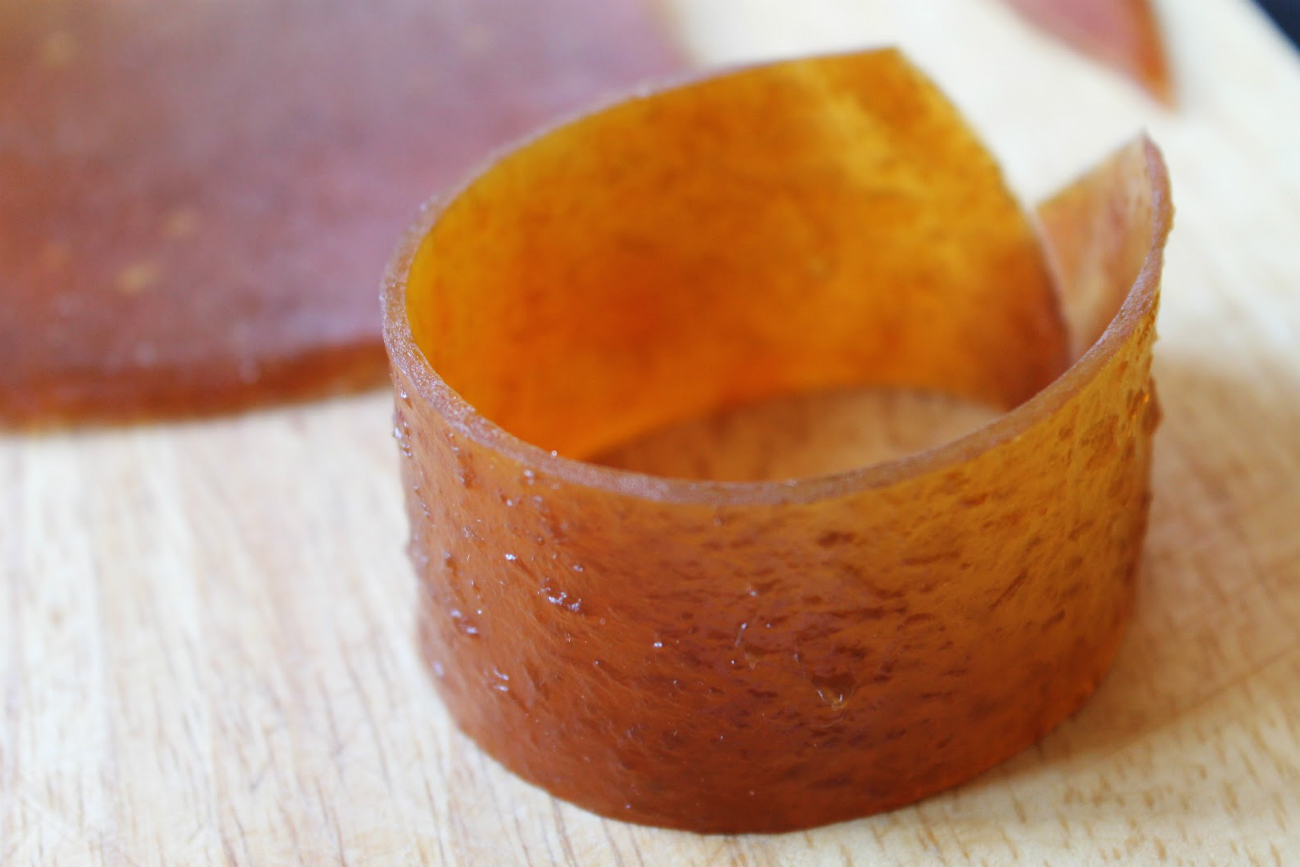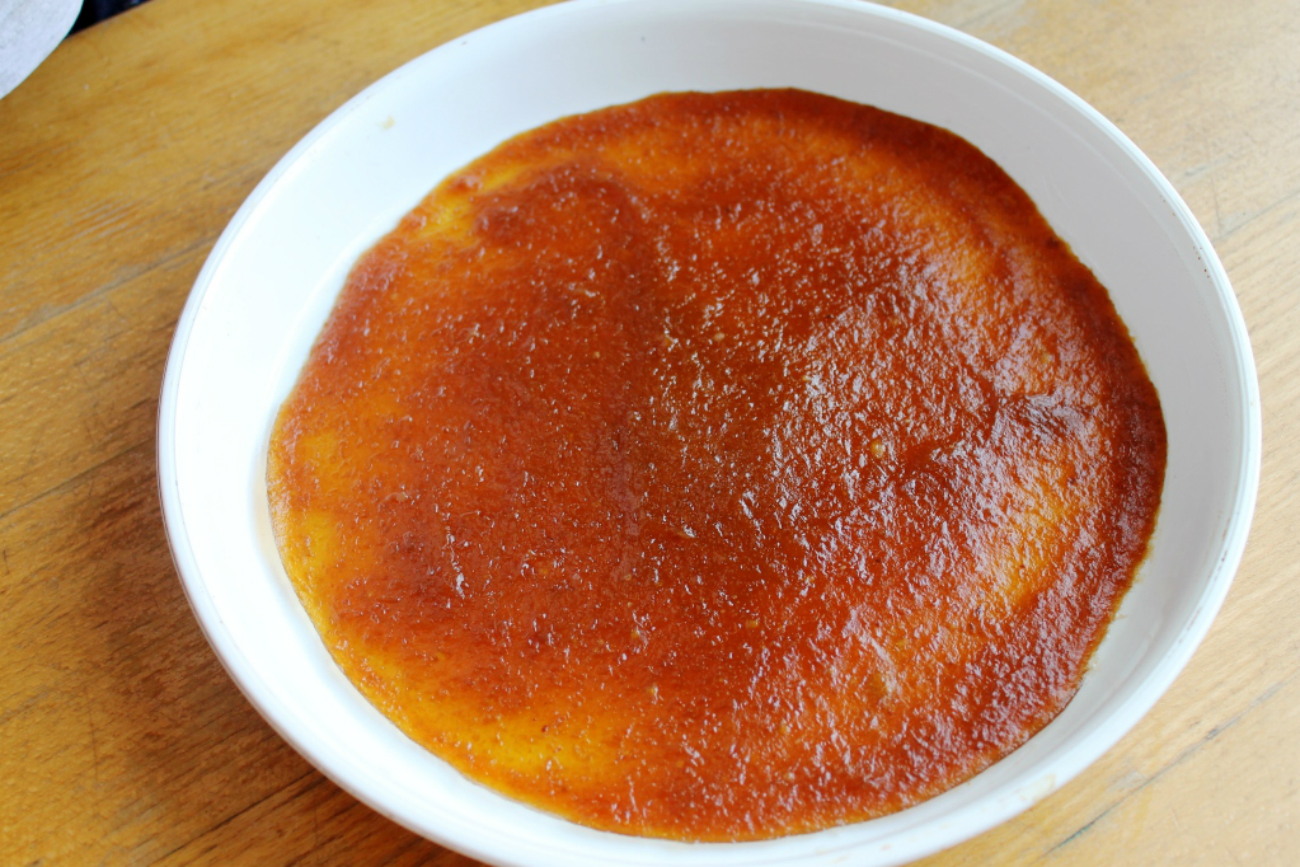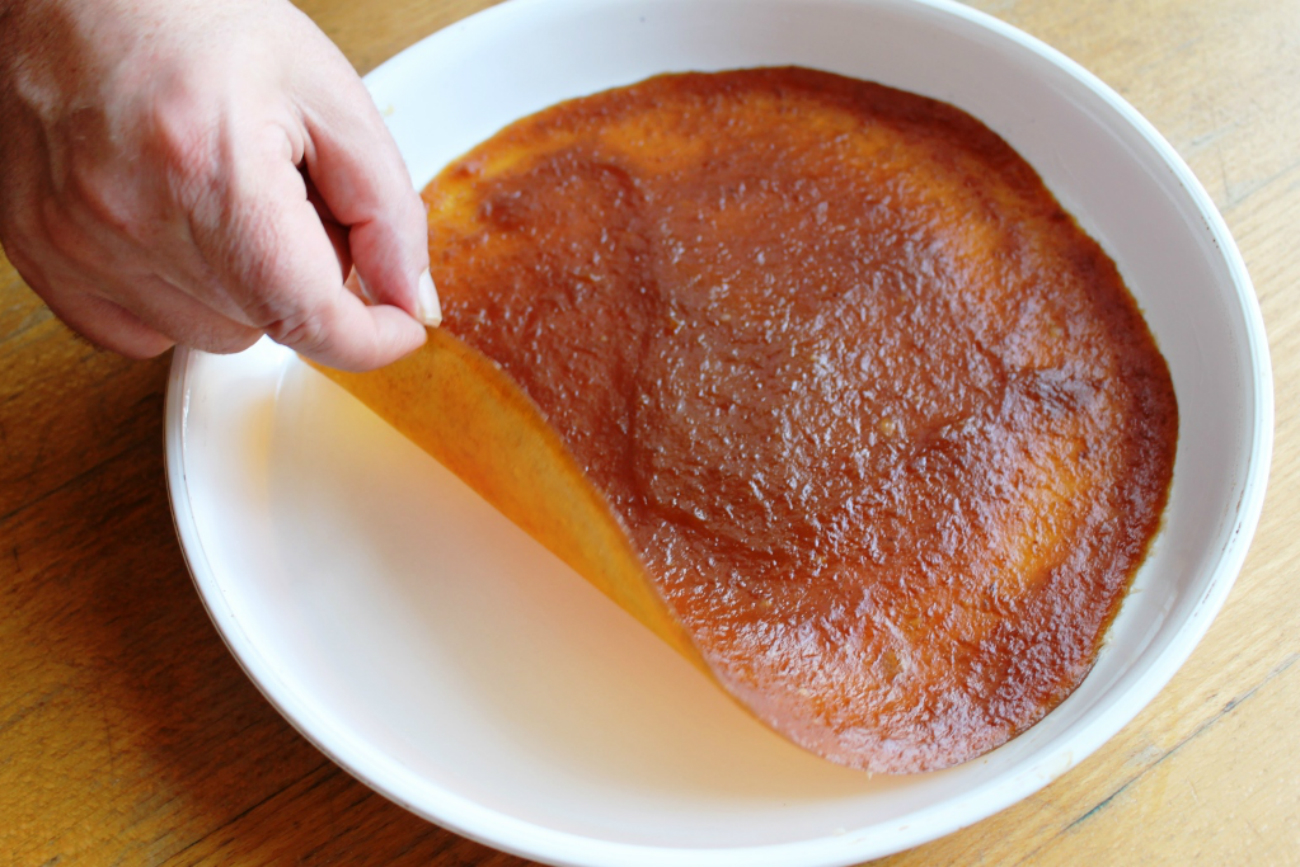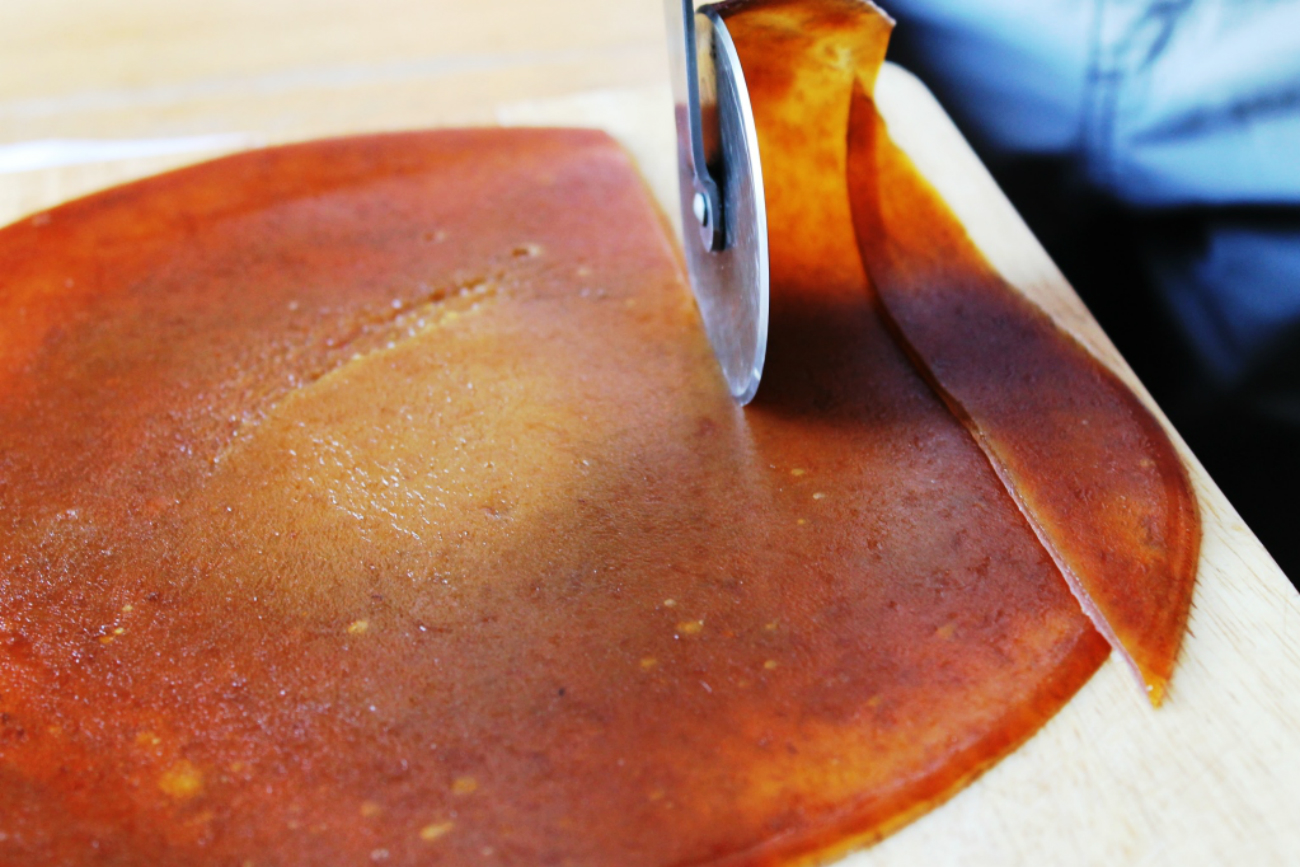
This traditional sweet can be stored for five years!
Mikhail Sorokin, http://cook-weekend.blogspot.ruCan you believe that sweets could be stored for five years?! And without losing its taste and features!
Levashi are crushed berries or fruits, (one can also use puree), which are dried in the oven in the form of scones, and then rolled up. The most common berries used to make levashi were rowanberries and raspberry — all are known as great sources of vitamins that help prevent colds.
Usually served with various beverages, levashi offered the pleasure of the summer aroma in the middle of the severe Russian winter. Since levashi are allowed during the Lenten season, the delight is double. This means there's no time of the year when this sweet is forbidden!Levashi have a proud history, and foreign travelers mentioned this sweet. For instance, the renowned German traveller, historian, geographer and diplomat, Adam Olearius, in his “Description of Travel to Moscovia,” (1634) describes levashi as “dry varenye made from currant and other berries<...>with a slightly acid, and quite pleasing flavor.” He added that they were given to him and other foreign ambassadors by “grand princes and other lords.”
The most renowned medieval Russian text, Domostroy, describes making levashi with visible delight. These berry sweets were made at special levash desks that can now be seen in museums.
As one of the most popular desserts in medieval Rus, levashi also had a royal touch. Catherine the Great was a fan of various sweets and set up a tradition of making “amurnye levashi” (the term derives from the French “amour” — “love”). They were packed in a tiny exquisite box together with a declaration of love. The addressee could hardly resist such a sweet confession!
Later, Nicholas I established the joyful tradition of decorating the Christmas tree with toys and sweets — and guess which ones became the most popular? Yep, levashi! Remember, they are most easily preserved.
With levashi's origins still a mystery, there’s absolutely no information on Who, When and Where it was first created. Even the etymological root of the word is unknown; though there is probably a connection to the adjective “levyi”, “left”). You can try to unravel that mystery yourself by making levashi.
2. Take them out of the oven and strain apples or berries into puree. Mix with water, (and sugar if you wish).
3. Put the puree in the baking pan, and put into the oven at 60°С for 24 hours.
 Photo: Mikhail Sorokin, http://cook-weekend.blogspot.ru
Photo: Mikhail Sorokin, http://cook-weekend.blogspot.ru
Don’t worry that you don’t have a proper Russian stove; a modern oven will do.
 Photo: Mikhail Sorokin, http://cook-weekend.blogspot.ru
Photo: Mikhail Sorokin, http://cook-weekend.blogspot.ru
4. Cut levashi into stripes and roll up.
 Photo: Mikhail Sorokin, http://cook-weekend.blogspot.ru
Photo: Mikhail Sorokin, http://cook-weekend.blogspot.ru
If you want to reach a new culinary level, put your levashi into tiny pies called levashniki. They are baked or fried in butter, and were a common dish during fasting in the 16th-17th century. Of course, they used honey and syrup, instead of sugar.
If using any of Russia Beyond's content, partly or in full, always provide an active hyperlink to the original material.
Subscribe
to our newsletter!
Get the week's best stories straight to your inbox